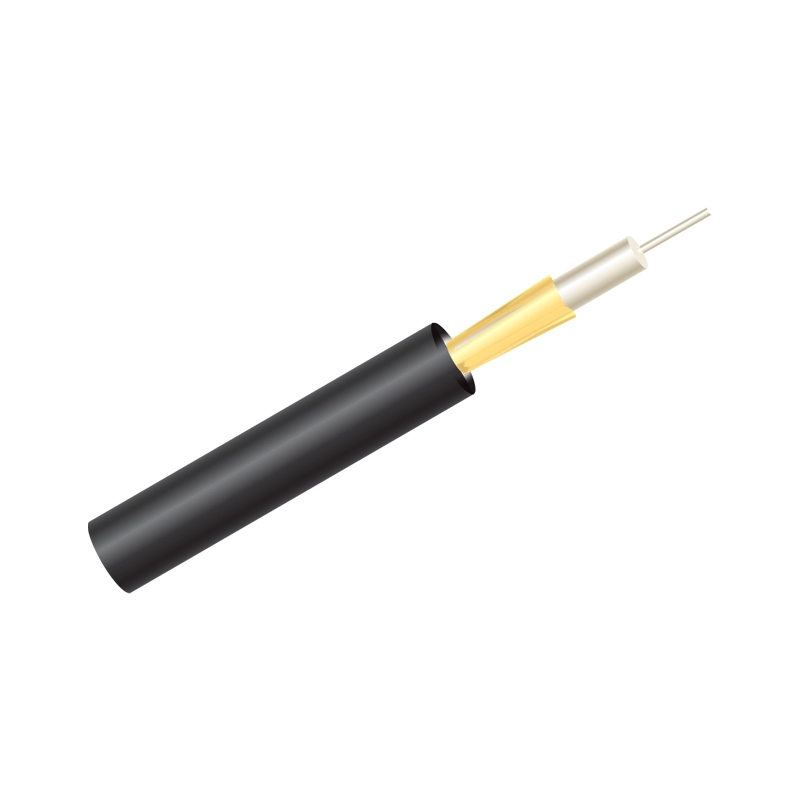AcoustiSens Wideband Simplex Optical Cable is a tight-buffered, simplex (single fiber) enhanced Rayleigh backscatter single-mode vibration sensing cable. As a prototype technology this cable is intended for laboratory use to help demonstrate DAS Signal-to-Noise Ratio (SNR) improvements enabled by AcoustiSens fibers. Using a waveguide design based on the ITU-T G.657.A1 telecom-grade single-mode standard, AcoustiSens Wideband Simplex Cables significantly increase Rayleigh backscatter while maintaining low attenuation to improve Optical Signal to Noise Ratio (OSNR). Furthermore, the AcoustiSens Wideband cable provides bend-insensitivity and expands the DAS operating wavelength band (1538 – 1554 nm) ensuring interoperability with all known DAS interrogators. Without the need for changes in interrogation equipment or complex optical amplification schemes AcoustiSens Wideband Cable is a drop-in replacement that provides greatly improved sensing performance with OSNR orders of magnitude better than telecom-grade fibers, as depicted in the example data shown below. (all data shown compare C87945 to an identical cable with telecom-grade G.657.A1 optical fiber) This translates into significantly improved ASNR for DAS systems. Due to its waveguide design, AcoustiSens fibers are also bend-insensitive and splice compatible with G.657.A1 and G.652.D optical fibers, assuring smooth integration with commonly deployed sensing solutions. Please contact Lightera to discuss your specific application. Our sensing cable experts will work with you to determine a suitable cable design to help DAS users succeed.
Note: DAS and Distributed Vibration Sensing (DVS) are often used interchangeably.
